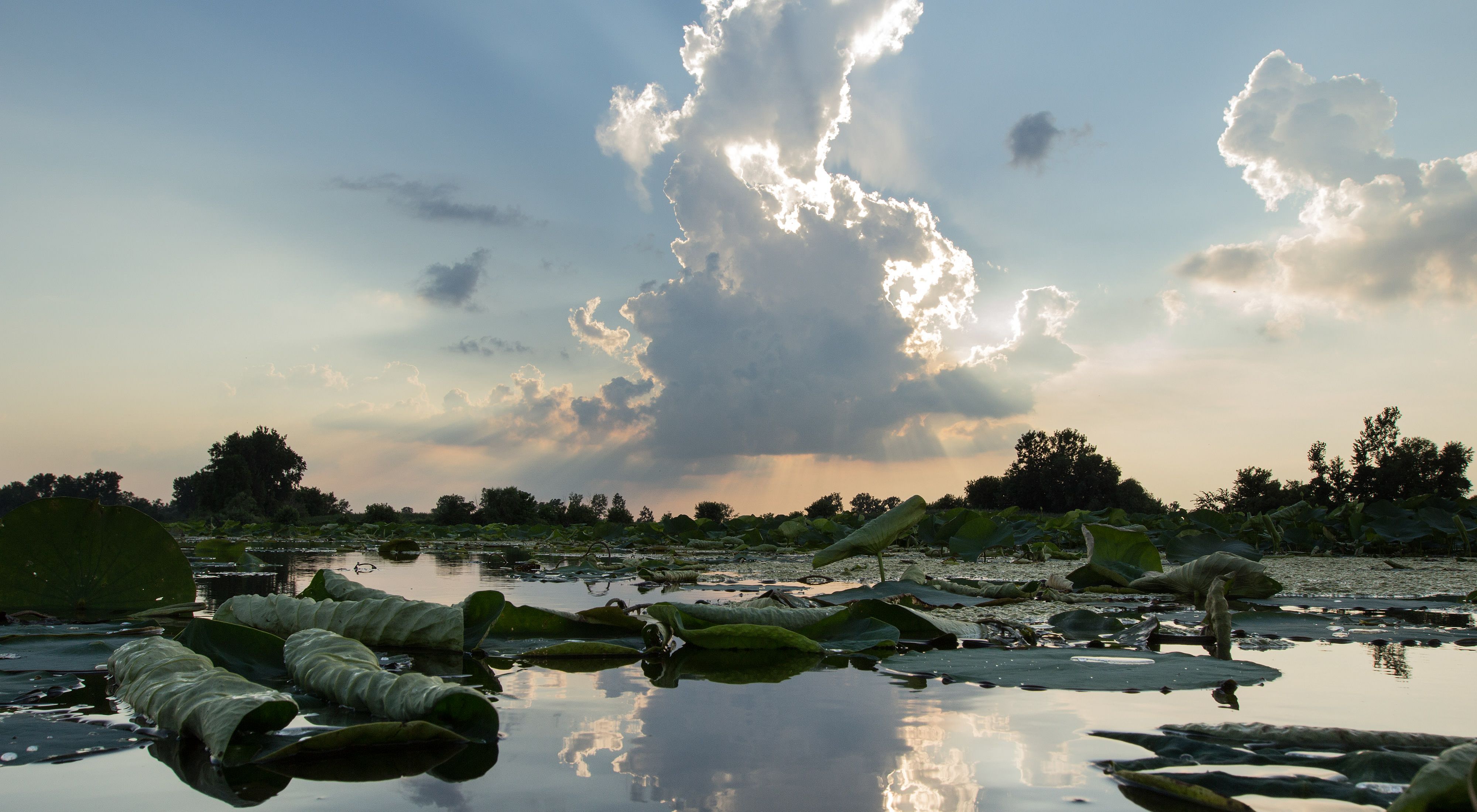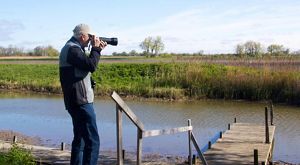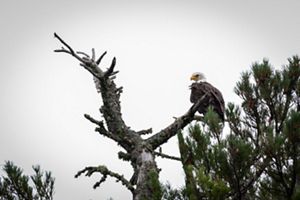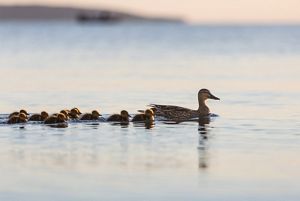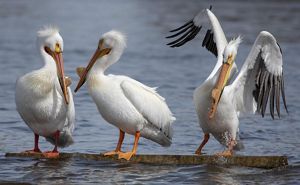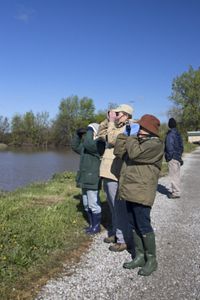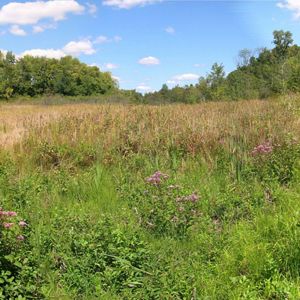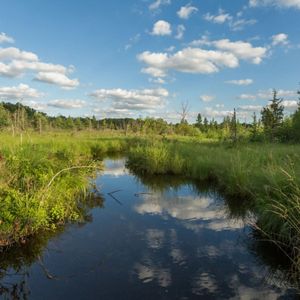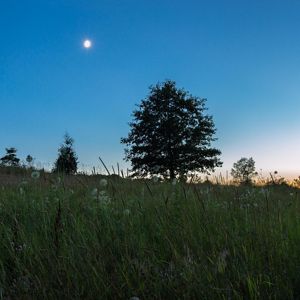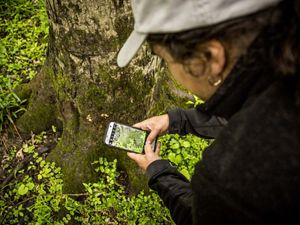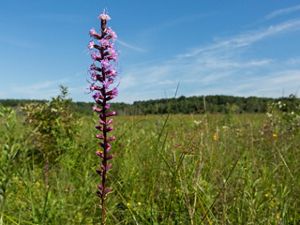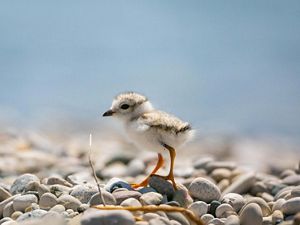Description
Erie Marsh represents 11% of the remaining marshland in southeastern Michigan and is one of the largest marshes on Lake Erie. Located on North Maumee Bay, it is one of the largest coastal wetlands on Lake Erie, supporting numerous animals and plants that would otherwise be hard-pressed to find suitable habitat. The most significant feature of this area is its role as a migratory and nesting area for shorebirds, waterfowl, land birds, and in the fall, raptors. It also harbors some of Michigan’s few remaining colonies of American lotus and swamp rose-mallow—both listed as state-threatened.
In 2011, TNC implemented a multi-year project to restore 946 acres of highly degraded coastal wetlands at Erie Marsh. This connected the marsh to Lake Erie, providing access to key spawning areas for fish, controlling invasive species (most notably, Phragmites) and improving the overall quality of the wetland.
